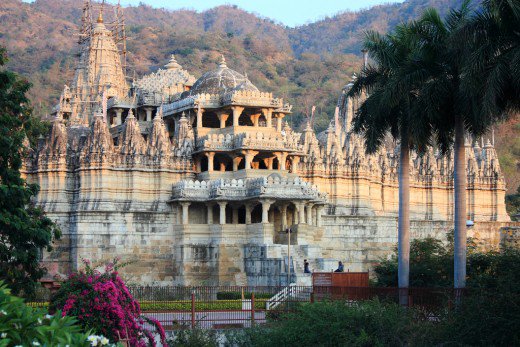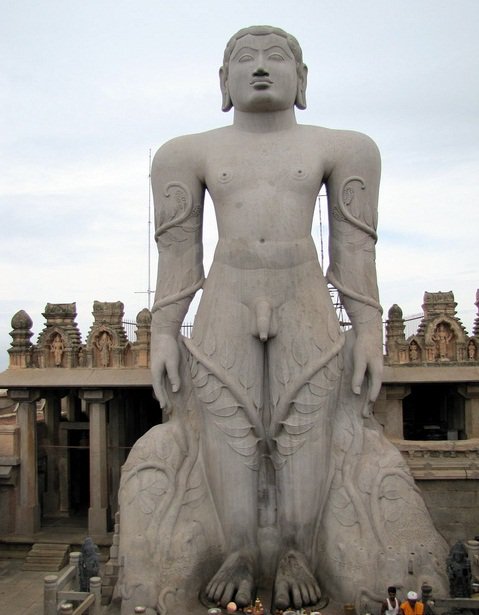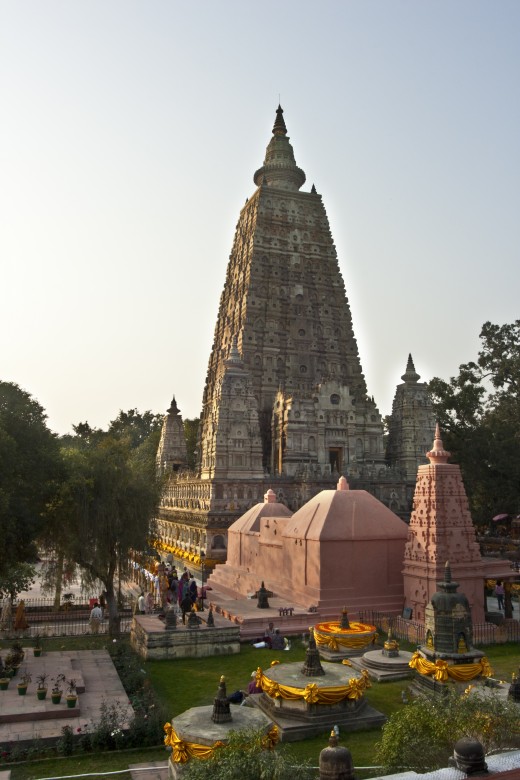Two Million Temples – one in every Street
The evidence of Indian civilization can be traced back to thousands of years. No other place can vouch for the sort of diversity, which fills every nook and cranny of this incredible country. The various religions, cultures, languages, dialects, traditions, festivals, customs and temples provide many facets of the majestic country called India. Temples can be found everywhere—from the hilly areas of the Himalayas to the mountains of Ladakh and from the forgotten villages of Tamil Nadu to the caves of Maharashtra. You can even find them in the deserts of Rajasthan. Every street in India has at least one, be it big or small.
This devotion can be witnessed at yearly festivals where people come together to worship God. Mumbai’s Ganesh Chaturthi and Kolkata’s Durga Puja are the most famous ones. Many people in India also go to extreme levels to demonstrate their belief in God. Some leave their hometowns and walk as many as 25-30 days to visit a specific temple. Others leave everything they have and become sadhus (sages) or Khareshwari or Standing Baba, people who vow to stand for long periods of time without sleep as a punishment intended for self-enlightenment.
One could assert that India is the most religious and spiritual place in the world. In any case, it certainly has some of the planet’s most spectacular temples. The geographic land of India has several marks of faith spread all across its length and breadth. Certain structures have several centuries of devotion backing them, granting more authenticity and reverence.
“India has two million gods, and worships them all. In religion all other countries are paupers; India is the only millionaire.” – Mark Twain
Indian religions, especially Hindu faith, offer numerous Gods and Goddesses to seek blessings from. Here are a few of the spectacular temples – it’s a tiny selection and you’ll find many many more, no matter which part of India you’ll visit.
























